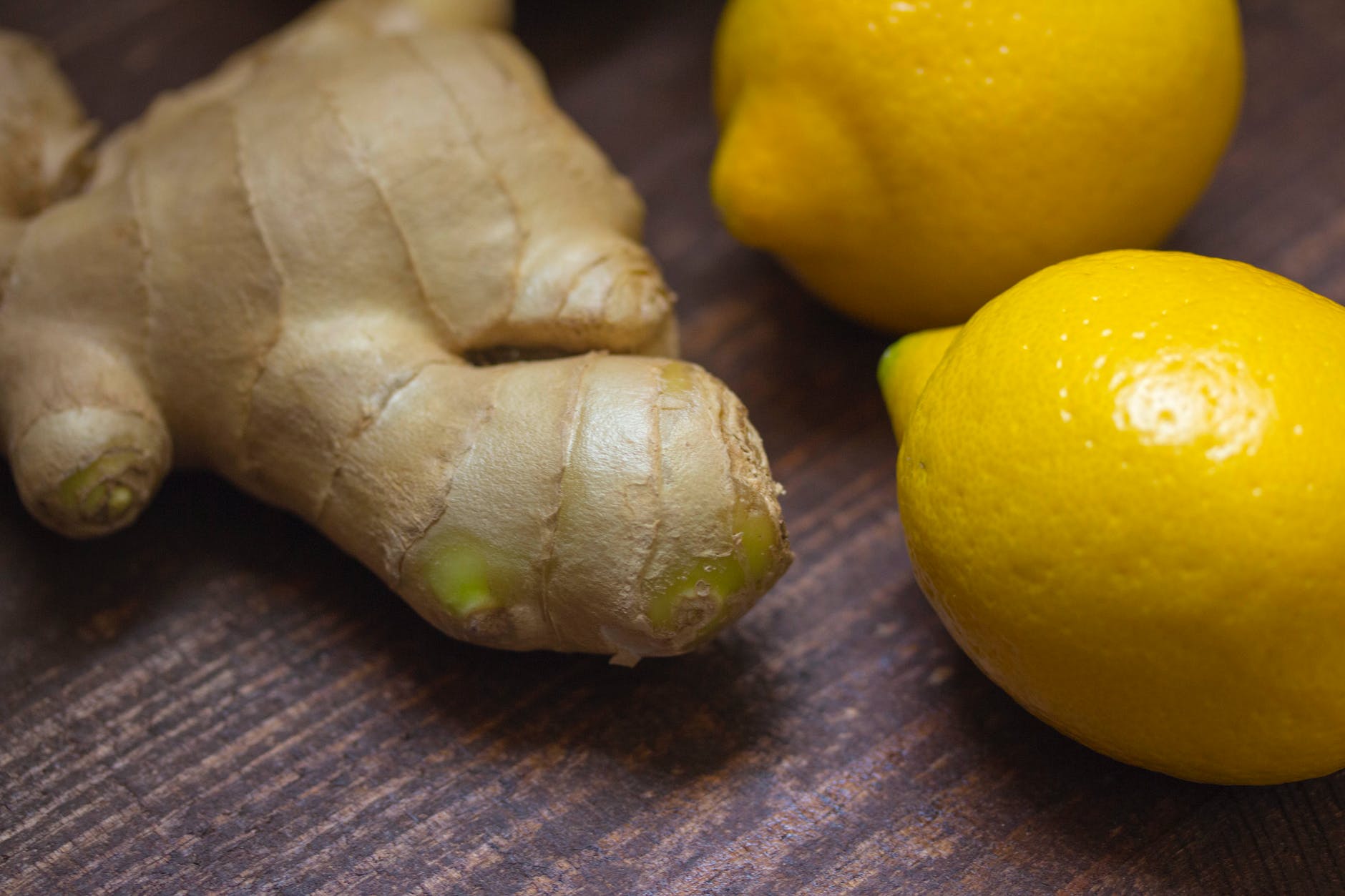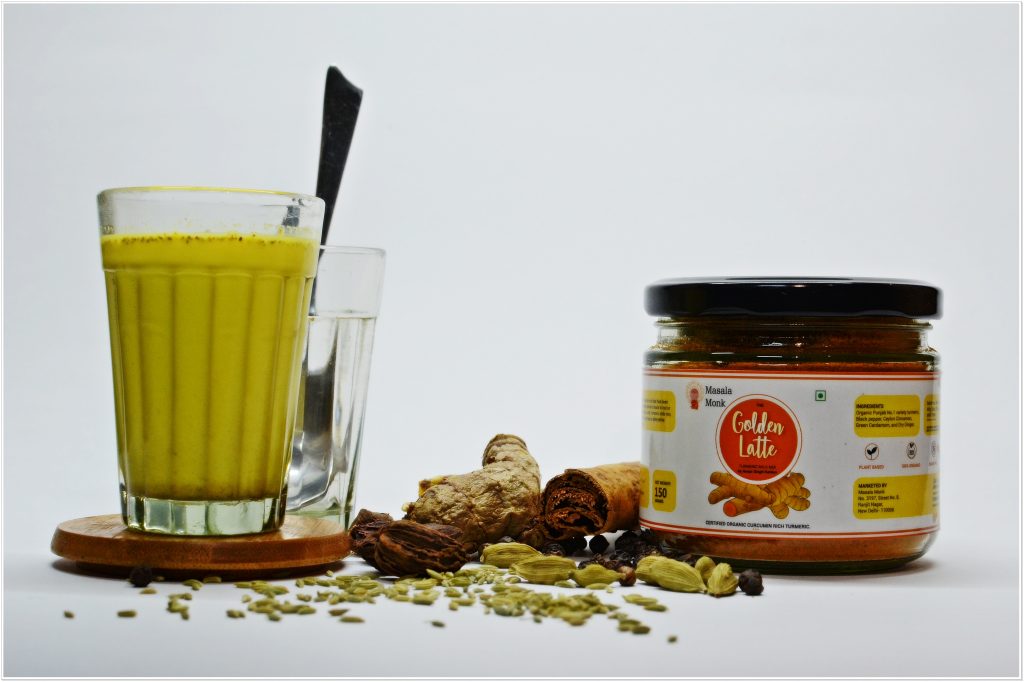
Dupixent (dupilumab) has emerged as a revolutionary treatment for several chronic conditions, including moderate-to-severe eczema (atopic dermatitis), certain types of asthma, and eosinophilic esophagitis (EoE). As a biologic medication, Dupixent works by targeting specific proteins in the body to reduce inflammation, providing significant relief for many patients. However, like all medications, Dupixent can cause side effects. In this comprehensive guide, we’ll delve into these side effects, exploring their causes, treatments, and strategies for management.
What is Dupixent?
Dupixent is a biologic medication, a type of drug made from living organisms. It’s used to treat several conditions that are linked to overactive immune responses, including moderate-to-severe eczema, certain types of asthma, and EoE. Dupixent works by blocking a type of protein called interleukin, which plays a key role in inflammation. By targeting these proteins, Dupixent can reduce inflammation and alleviate symptoms of these conditions.
Common Side Effects of Dupixent
Overview of Common Side Effects
While Dupixent can provide significant relief from the symptoms of eczema, asthma, and EoE, it can also cause side effects. Some of the most common side effects include:
- Injection site reactions: These can include redness, swelling, itching, or pain at the site of the injection.
- Cold sores in the mouth or on the lips: Dupixent can increase the risk of cold sores, also known as oral herpes.
- Eye and eyelid inflammation: This can include redness, swelling, and itching, and is sometimes referred to as “Dupixent eye.”
Managing Common Side Effects
Most common side effects are mild and manageable. For instance, injection site reactions can often be mitigated by rotating the injection site and using proper injection techniques. Cold sores can be treated with antiviral medication, and over-the-counter treatments can often alleviate eye and eyelid inflammation. However, it’s always important to discuss any side effects with your healthcare provider.
Dupixent and Eczema: Side Effects and Treatments
Side Effects in Eczema Patients
For patients with eczema, Dupixent can cause specific side effects, including:
- Severe itching: While Dupixent often reduces itching overall, some patients may experience increased itching.
- Redness or inflammation of the skin: Some patients may experience redness or inflammation in areas of the skin not previously affected by eczema.
- Scaling or crusting of the skin: In some cases, patients may experience changes in the texture of their skin, including scaling or crusting.
Managing Side Effects in Eczema Patients
Managing these side effects often involves a combination of over-the-counter treatments and prescription medications. For instance, severe itching can often be managed with antihistamines or topical creams. Redness or inflammation can be treated with topical corticosteroids, while scaling or crusting can be managed with emollients or keratolytic treatments. However, it’s important to discuss any side effects with your healthcare provider to determine the best course of action.
Dupixent and Asthma: Side Effects and Treatments
Side Effects in Asthma Patients
In asthma patients, Dupixent can cause side effects such as:
- Difficulty breathing or swallowing: Some patients may experience worsening of their asthma symptoms.
- Chest tightness: This can be a sign of a serious allergic reaction, and immediate medical attention should be sought.
- Wheezing: Some patients may experience increased wheezing.
Managing Side Effects in Asthma Patients
If you experience any of these side effects, it’s crucial to seek immediate medical attention. Your healthcare provider can adjust your treatment plan or suggest other ways to manage these side effects.
Dupixent and Eosinophilic Esophagitis (EoE): Side Effects and Treatments
Side Effects in EoE Patients
In EoE patients, Dupixent can cause side effects such as:
- Difficulty swallowing: This can be a symptom of EoE itself, but if it worsens while on Dupixent, it should be reported to a healthcare provider.
- Chest pain: This can be a symptom of EoE, but if it worsens while on Dupixent, it should be reported to a healthcare provider.
- Food getting stuck in the esophagus: This can be a symptom of EoE, but if it worsens while on Dupixent, it should be reported to a healthcare provider.
Managing Side Effects in EoE Patients
These side effects can be serious. If you experience any of these symptoms, contact your healthcare provider immediately. They can adjust your treatment plan or suggest other ways to manage these side effects.
Long-Term Side Effects of Dupixent
Long-term side effects of Dupixent can include:
- Increased risk of infection: Because Dupixent affects the immune system, it can increase the risk of certain infections.
- Vision problems: Some patients have reported vision problems while on Dupixent, including blurred vision and eye pain.
- Potential increased risk of certain types of cancer: While the risk is low, some studies have suggested a potential link between Dupixent and certain types of cancer.
It’s important to discuss these potential risks with your healthcare provider.
FAQs About Dupixent and Its Side Effects
1. What is Dupixent?
Dupixent, also known as dupilumab, is a biologic medication used to treat moderate-to-severe eczema, certain types of asthma, and eosinophilic esophagitis (EoE). It works by blocking a type of protein called an interleukin, which contributes to inflammation.
2. What are the common side effects of Dupixent?
Common side effects of Dupixent include injection site reactions, cold sores in the mouth or on the lips, and eye and eyelid inflammation, including redness, swelling, and itching.
3. Can Dupixent cause weight gain?
Weight gain is not a common side effect of Dupixent. However, everyone’s body reacts differently to medications, so if you notice unexpected weight gain while taking Dupixent, it’s important to discuss this with your healthcare provider.
4. Can Dupixent cause hair loss?
Hair loss is not a common side effect of Dupixent. However, if you notice hair loss while taking Dupixent, it’s important to discuss this with your healthcare provider.
5. What are the long-term side effects of Dupixent?
Long-term side effects of Dupixent can include an increased risk of infection, vision problems, and potentially an increased risk of certain types of cancer. However, these risks are generally low, and the benefits of Dupixent often outweigh these potential risks for people with moderate-to-severe eczema, certain types of asthma, and EoE.
6. Can Dupixent cause eye problems?
Yes, eye and eyelid inflammation, including redness, swelling, and itching, are common side effects of Dupixent. If you experience these symptoms, it’s important to discuss them with your healthcare provider.
7. What should I do if I have an allergic reaction to Dupixent?
If you have an allergic reaction to Dupixent, such as hives, difficulty breathing, or swelling of your face, lips, tongue, or throat, seek emergency medical attention immediately.
8. Can Dupixent be used to treat asthma?
Yes, Dupixent is approved for the treatment of certain types of asthma in people aged 12 years and older. It’s used when asthma is not well-controlled with other asthma medicines.
9. Can Dupixent be used to treat eczema?
Yes, Dupixent is approved for the treatment of moderate-to-severe eczema in people aged 6 years and older. It’s used when topical treatments are not effective or not advised.
10. Can Dupixent be used to treat eosinophilic esophagitis (EoE)?
Yes, Dupixent is approved for the treatment of EoE in adults. It’s used to reduce inflammation and alleviate symptoms of EoE.
Conclusion
While Dupixent can cause side effects, it’s important to remember that it’s a crucial medication for many people with eczema, asthma, and EoE. If you’re experiencing any side effects, don’t hesitate to discuss them with your healthcare provider. They can help you weigh the benefits and risks and make the best decision for your health. Remember, managing side effects is often a matter of balancing relief from your symptoms with maintaining your overall well-being.











